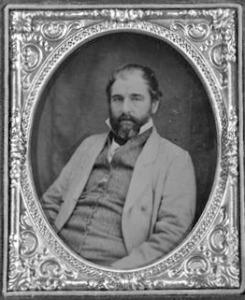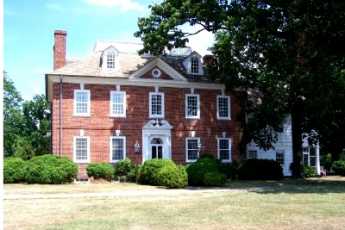Related Topics
No topics are associated with this blog
Sidney George Fisher's Mount Harmon

|
| Sidney George Fisher |
Because Delaware Bay was choked with weeds and snags, William Penn's three Quaker colonies were settled rather late during English colonization. Maryland was given to Cecil Calvert, second Lord Baltimore by Charles I in 1632, while Penn received his land in 1682 from Charles II. Because of carelessness and poor information, the same land was deeded away twice, leading to a century of lawsuits, eventually settled by the Mason-Dixon line. Cecil County, Maryland was named after Lord Baltimore but by the time the metropolitan statistical areas became important, state lines were of subordinate concern. Somewhere along this tangled path, it was decided that Cecil County, Maryland belonged most logically to the Philadelphia area, and nobody objected very much. When you drive around, the countryside resembles Chester County, with a touch of Wilmington, Delaware here and there. There was once a time when variations in state laws made Elkton a famous place to go elope, but that issue has subsided, as well.

|
| Mount Harmon |
During the days when travel by canals was more comfortable than going by horseback but cleaner and safer than using trains, Cecil County did seem closer to Philadelphia than to Baltimore. The construction of the two Delaware-Chesapeake canals (the Old one, and the New one) thus created a period of two or three decades when a Philadelphia affiliation was a social reality for the most northerly parts of Maryland, even though the Tidewater estates faced the Chesapeake for recreation and commercial purposes. The original plantations were usually situated on peninsulas, so most owners lived miles away from their neighbors, with only loose ties to local counties and states. Thus Mount Harmon plantation is located at World's End, surrounded by three creeks and containing a large lake or pond. Once you go down the miles-long lane of tall trees, it's pretty isolated on the self-contained peninsula. The red-brick Georgian mansion, built in 1651, sits alone on top of a hill with a commanding view of the various inlets and harbors, surrounded by forests, lawns, gardens, and lots of privacy.
Originally published: Tuesday, May 24, 2011; most-recently modified: Friday, May 31, 2019